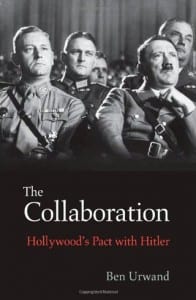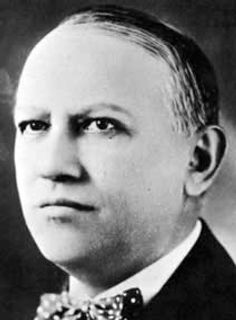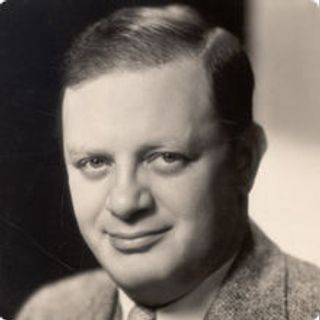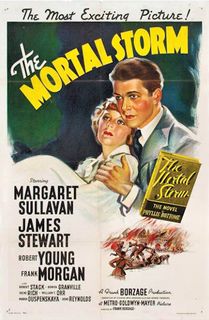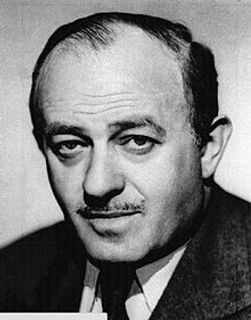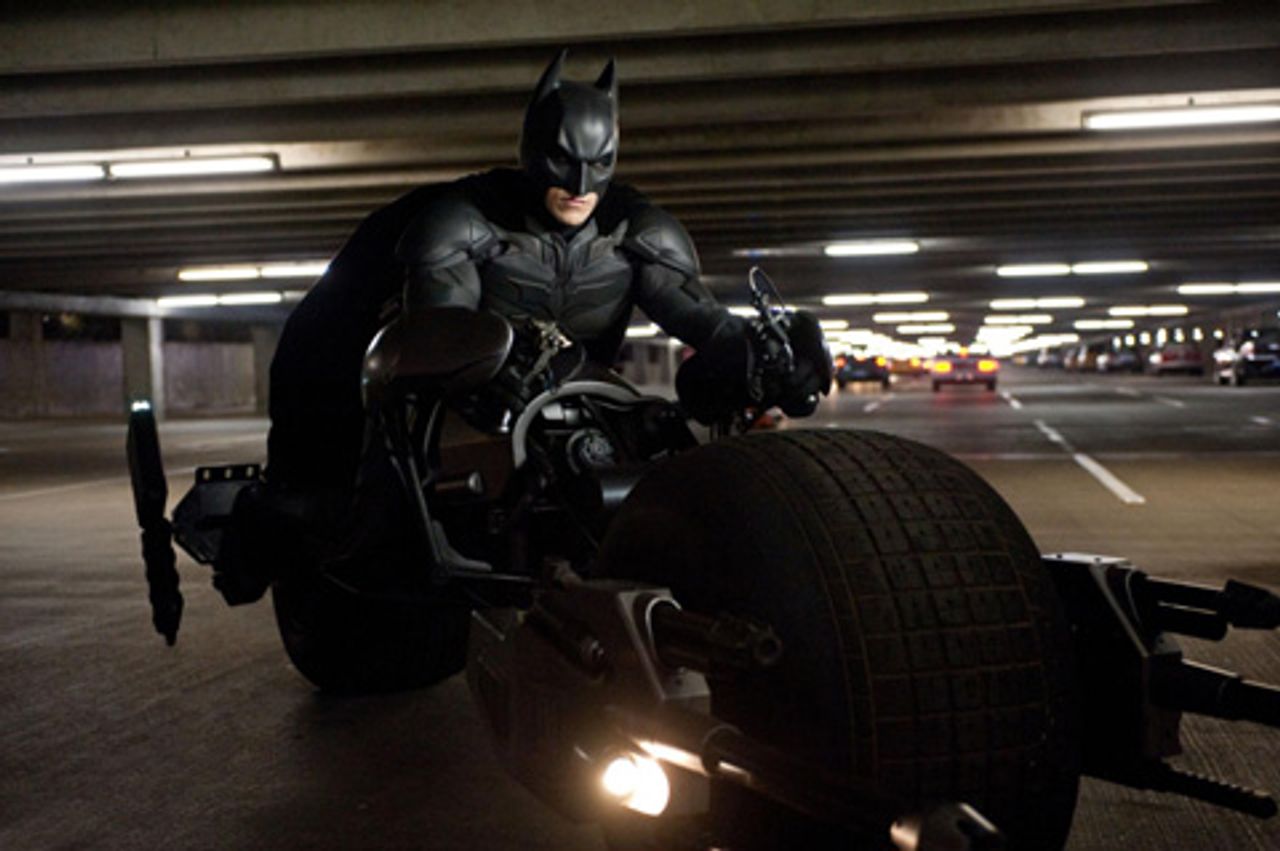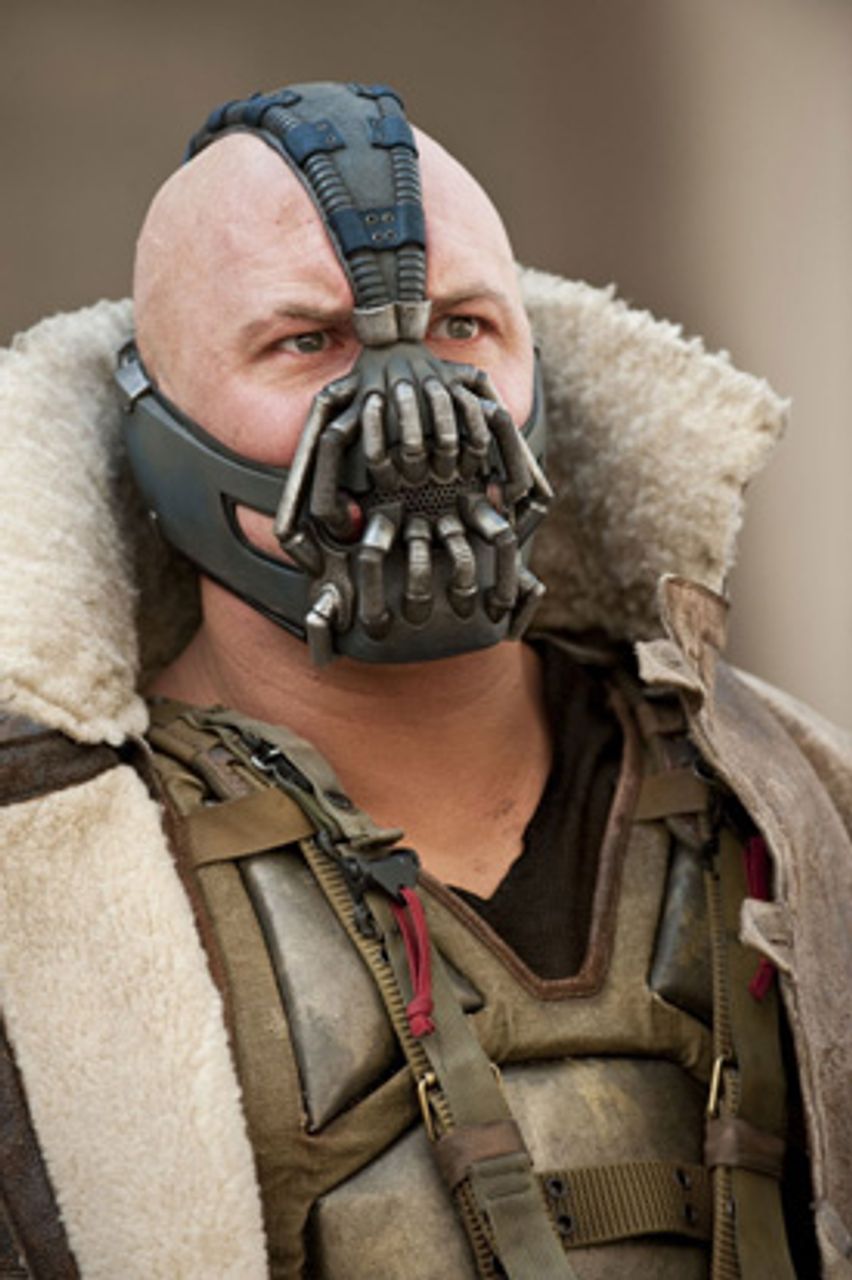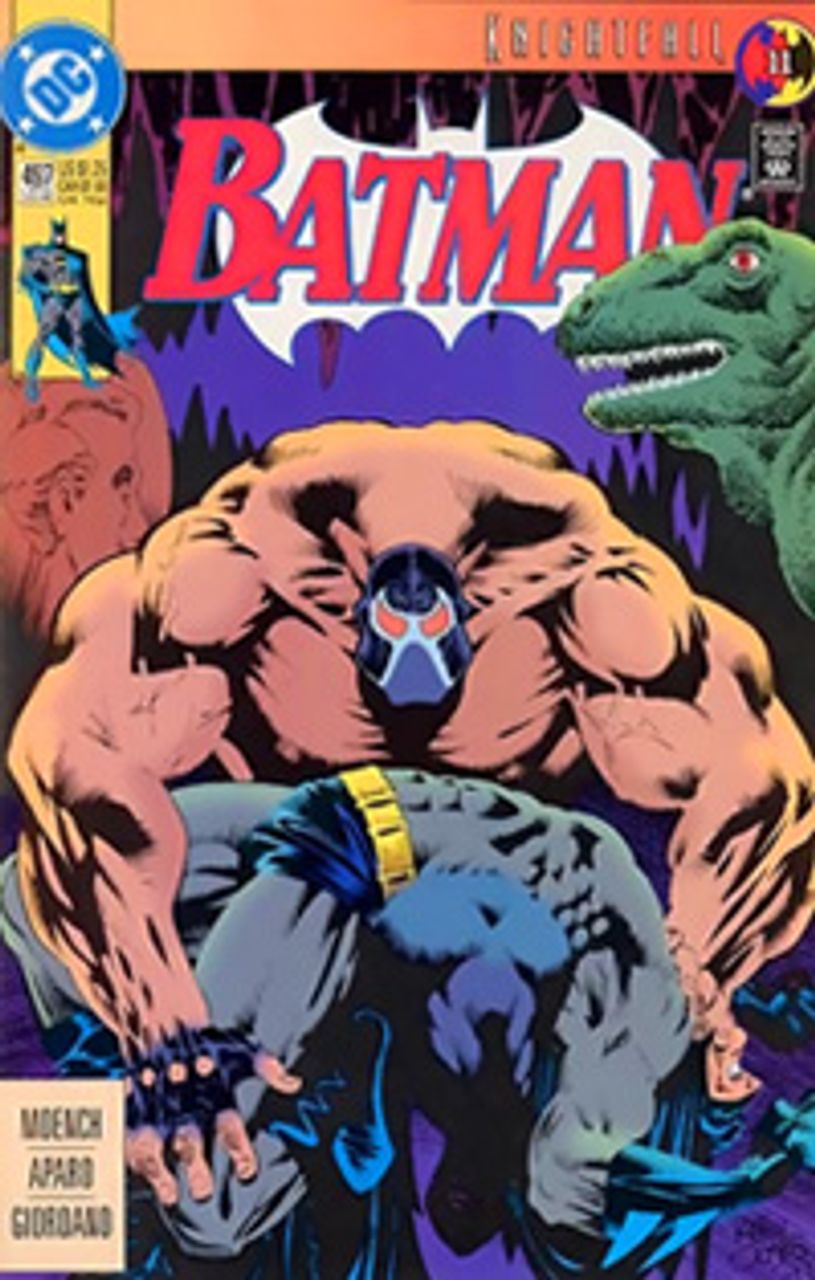
Besides the essays in this dossier, please see also: The Mandela Years in Power
1
Victorious Over Apartheid, Defeated by Neoliberalism
Mandela: a Dissenting Opinion
Nazareth.
Offering a dissenting opinion at this moment of a general outpouring of grief at Nelson Mandela’s death is not likely to court popularity. It is also likely to be misunderstood.
So let me start by recognising Mandela’s huge achievement in helping to bring down South African apartheid, and make clear my enormous respect for the great personal sacrifices he made, including spending so many years caged up for his part in the struggle to liberate his people. These are things impossible to forget or ignore when assessing someone’s life.
Nonetheless, it is important to pause during the widespread acclamation of his legacy, mostly by people who have never demonstrated a fraction of his integrity, to consider a lesson that most observers want to overlook.
Perhaps the best way to make my point is to highlight a mock memo written in 2001 by Arjan el-Fassed, from Nelson Mandela to the NYT’s columnist Thomas Friedman. It is a wonderful, humane denunciation of Friedman’s hypocrisy and a demand for justice for the Palestinians that Mandela should have written. [http://www.keghart.com/Mandela-Palestine]
Soon afterwards, the memo spread online, stripped of el-Fassed’s closing byline. Many people, including a few senior journalists, assumed it was written by Mandela and published it as such. It seemed they wanted to believe that Mandela had written something as morally clear-sighted as this about another apartheid system, an Israeli one that is at least the equal of that imposed for decades on black South Africans.
However, the reality is that it was not written by Mandela, and his staff even went so far as to threaten legal action against the author.
[pullquote]Mandela was rehabilitated into an “elder statesman” in return for South Africa being rapidly transformed into an outpost of neoliberalism, prioritising the kind of economic apartheid most of us in the west are getting a strong dose of now.[/pullquote]
Mandela spent most his adult life treated as a “terrorist”. There was a price to be paid for his long walk to freedom, and the end of South Africa’s system of racial apartheid. Mandela was rehabilitated into an “elder statesman” in return for South Africa being rapidly transformed into an outpost of neoliberalism, prioritising the kind of economic apartheid most of us in the west are getting a strong dose of now.
In my view, Mandela suffered a double tragedy in his post-prison years.
First, he was reinvented as a bloodless icon, one that other leaders could appropriate to legitimise their own claims, as the figureheads of the “democratic west”, to integrity and moral superiority. After finally being allowed to join the western “club”, he could be regularly paraded as proof of the club’s democratic credentials and its ethical sensibility.
Second, and even more tragically, this very status as icon became a trap in which he was required to act the “responsible” elder statesman, careful in what he said and which causes he was seen to espouse. He was forced to become a kind of Princess Diana, someone we could be allowed to love because he rarely said anything too threatening to the interests of the corporate elite who run the planet.
It is an indication of what Mandela was up against that the man who fought so hard and long against a brutal apartheid regime was so completely defeated when he took power in South Africa. That was because he was no longer struggling against a rogue regime but against the existing order, a global corporate system of power that he had no hope of challenging alone.
It is for that reason, rather simply to be contrarian, that I raise these failings. Or rather, they were not Mandela’s failings, but ours. Because, as I suspect Mandela realised only too well, one cannot lead a revolution when there are no followers.
For too long we have slumbered through the theft and pillage of our planet and the erosion of our democratic rights, preferring to wake only for the release of the next iPad or smart phone.
The very outpouring of grief from our leaders for Mandela’s loss helps to feed our slumber. Our willingness to suspend our anger this week, to listen respectfully to those watery-eyed leaders who forced Mandela to reform from a fighter into a notable, keeps us in our slumber. Next week there will be another reason not to struggle for our rights and our grandchildren’s rights to a decent life and a sustainable planet. There will always be a reason to worship at the feet of those who have no real power but are there to distract us from what truly matters.
No one, not even a Mandela, can change things by him or herself. There are no Messiahs on their way, but there are many false gods designed to keep us pacified, divided and weak.
Jonathan Cook won the Martha Gellhorn Special Prize for Journalism. His latest books are “Israel and the Clash of Civilisations: Iraq, Iran and the Plan to Remake the Middle East” (Pluto Press) and “Disappearing Palestine: Israel’s Experiments in Human Despair” (Zed Books). His new website is www.jonathan-cook.net.
•
2
Mandela’s Disturbing Legacy
by Stephen Lendman
On December 5, Mandela died peacefully at home in Johannesburg. Cause of death was respiratory failure. He was 95. Supporters called him a dreamer of big dreams. His legacy fell woefully short. More on that below.
The Nelson Mandela Foundation, Nelson Mandela Children’s Fund, and Mandela Rhodes Foundation issued the following statement:
“It is with the deepest regret that we have learned of the passing of our founder, Nelson Rolihlahla Mandela – Madiba. The Presidency of the Republic of South Africa will shortly make further official announcements. We want to express our sadness at this time. No words can adequately describe this enormous loss to our nation and to the world. We give thanks for his life, his leadership, his devotion to humanity and humanitarian causes. We salute our friend, colleague and comrade and thank him for his sacrifices for our freedom. The three charitable organisations that he created dedicate ourselves to continue promoting his extraordinary legacy.”
He’ll be buried according to his wishes in Qunu village. It’s where he grew up. In 1943, he joined the African National Congress (ANC). He co-founded its Youth League. He defended what he later called Thatcherism. On trial for alleged Sabotage Act violations, he said in court:
“The ANC has never at any period of its history advocated a revolutionary change in the economic structure of the country, nor has it, to the best of my recollection, ever condemned capitalist society.”
In 1964, he was sentenced to life in prison. He was mostly incarcerated on Robben Island. It’s in Table Bay. It’s around 7km offshore from Cape Town. In February 1990, he was released. In 1993, he received the Nobel Peace Prize jointly with South African President FW de Klerk.
Nobel Committee members said it was “for their work for the peaceful termination of the apartheid regime, and for laying the foundations for a new democratic South Africa.” De Klerk enforced the worst of apartheid ruthlessness. In 1994, Mandela was elected president. He served from May 1994 – June 1999.
Apartheid Did Not Die” documentary followed. “Behind the modern face of democracy, the scourges of inequality, unemployment and homelessness persist,” he said.
White supremacy remained unchanged. It’s no different today. A few blacks share wealth, power and privilege. The vast majority of black society is worse off than under apartheid. Mandela embraced the worst of neoliberal harshness. His successors follow the same model. Pilger posed tough questions. He asked Mandela how ANC freedom fighting ended up embracing Thatcherism.
Mandela responded saying:
“You can put any label on it you like. You can call it Thatcherite but, for this country, privatization is the fundamental policy.”
Pilger discovered that 80% of South African children suffered poor health. One-fourth under age six were ill nourished. During Mandela’s tenure, more South Africans died from malnutrition and preventable diseases than under apartheid. Concentrated wealth is more extreme than ever. White farmers control over 80% of agricultural land. They dominate choicest areas. Pilger said about one-fourth of South Africa’s budget goes for interest on odious debt.
He explained how five major corporations control over three-fourths of business interests. They dominate South African life.
Concentrated wealth and power are extreme. Whites control about 90% of national wealth. A select few black businessmen, politicians and trade union leaders benefit with them. The dominant Anglo-American Corporation is hugely exploitive. Gold mining exacts an enormous human cost.
Pilger said one death and 12 serious injuries accompany each ton of gold mined. One-third of workers contract deadly lung disease. They’re left on their own to suffer and die. Post-apartheid democracy reflects the worst of free market capitalism. It’s bereft of freedom. Reform denies it.
Mandela’s “unbreakable promise” was forgotten. In 1990, two weeks before freed from prison, he said:
“The nationalization of the mines, banks and monopoly industries is the policy of the ANC (and changing) our views…is inconceivable. Black economic empowerment is a goal we fully support and encourage, but in our situation state control of certain sectors of the economy is unavoidable.”
In 1955, ANC’s Freedom Charter declared “South Africa belongs to all who live in it, black and white, and that no government can justly claim authority unless it is based on the will of all the people.”
ABOUT THE AUTHOR
Stephen Lendman lives in Chicago. He can be reached at lendmanstephen@sbcglobal.net. His new book is titled “Banker Occupation: Waging Financial War on Humanity.”
http://www.claritypress.com/LendmanII.html // Visit his blog site at sjlendman.blogspot.com.
____________________
3
Why imperialism mourns Mandela
Bill Van Auken, wsws.org
The death of Nelson Mandela at the age of 95 has touched off a worldwide exercise in official mourning that is virtually without precedent.
No doubt working people in South Africa and internationally pay tribute to the courage and sacrifice demonstrated by the African National Congress leader—as well as thousands of others who lost their lives and freedom—during his long years of illegality, persecution and imprisonment under the hated Apartheid regime.
Capitalist governments and the corporate-controlled media the world over, however, have rushed to offer condolences for their own reasons. These include heads of states that supported South Africa’s apartheid rule and aided in the capture and imprisonment of Mandela as a “terrorist” half a century ago.
Barack Obama, who presides over the horrors of Guantanamo and a US prison system that holds over 1.5 million behind bars, issued a statement in which he declared himself “one of the countless millions who drew inspiration” from the man who spent 27 years on Robben Island.
British Prime Minister David Cameron, the standard-bearer of the right-wing Tory Party, ordered the flag flown at half-mast outside 10 Downing Street and proclaimed Mandela “a towering figure in our time, a legend in life and now in death—a true global hero.”
Billionaires like Michael Bloomberg, who ordered flags in New York City lowered, and Bill Gates felt compelled to issue their own statements.
What is noteworthy in the sanctimonious blather served up by the media on the occasion of Mandela’s death is the way in which a man whose life is inextricably bound up with the history and politics of South Africa is turned into an entirely apolitical icon, a plaster saint embodying, in the words of Obama, “being guided not by hate, but by love.”
What is it that the capitalist oligarchs in country after country really mourn in the death of Mandela? It is clearly not his will to resist an oppressive system—that is something they are all prepared to punish with imprisonment or drone missile assassination.
Rather, the answer is to be found in the present social and political crisis gripping South Africa, as well as the historic role played by Mandela in preserving capitalist interests in the country under the most explosive conditions.
It is significant that on the day before Mandela’s death, South Africa’s Institute for Justice and Reconciliation issued an annual report showing that those surveyed felt overwhelmingly that class inequality represented the paramount issue in South African society, with twice as many (27.9 percent) citing class as opposed to race (14.6 percent) as the “greatest impediment to national reconciliation.”
Two decades after the ending of the legal racial oppression of Apartheid, the class question has come to the fore in South Africa, embodied in the heroic mass struggles of the miners and other sections of the working class that have come into direct conflict with the African National Congress.
These eruptions found their sharpest expression in the August 16, 2012 massacre of 34 striking miners at the Lonmin platinum mine in Marikana, a mass killing whose bloody images recalled the worst episodes of Apartheid repression at Sharpeville and Soweto. This time, however, the bloodletting was orchestrated by the ANC government and its allies in the official trade union federation, COSATU.
South Africa today ranks as the most socially unequal country on the face of the planet. The gap between wealth and poverty and the number of poor South Africans are both greater than they were when Mandela walked out of prison in 1990. Fully 60 percent of the country’s income goes to the top 10 percent, while the bottom 50 percent lives below the poverty line, collectively receiving less than 8 percent of total earnings. At least 20 million are jobless, including over half of the younger workers.
Meanwhile, under the mantle of programs like “Black Economic Empowerment,” a thin layer of black ex-ANC leaders, trade union officials and small businessmen has become very rich from incorporation onto boards of directors, acquisitions of stock, and contracts with the government. It is under these conditions that ANC governments that have followed Mandela’s, first under Thabo Mbeki and now Jacob Zuma, have come to be seen as the corrupt representatives of a wealthy ruling establishment.
Mandela, who played a less and less active role in the country’s political life, nevertheless served as a facade for the ANC, which traded on his history of sacrifice and his image of humble dignity to hide its own corrupt self-dealing. Behind the facade, of course, Mandela and his family raked in millions, with his children and grandchildren active in some 200 private companies.
The New York Times published an article Friday under the worried headline, “Mandela’s Death Leaves South Africa Without Its Moral Center.” Clearly, there are fears that the passing of Mandela will serve to strip the ANC of what little credibility it has left, opening the way to intensified class struggle.
Concern among capitalist governments and corporate oligarchs over the implications of Mandela’s passing for the current crisis in South Africa is bound up with gratitude for services rendered by the ex-president and ANC leader. In the mid-1980s, when the South African ruling class began its negotiations with Mandela and the ANC on ending Apartheid, the country was in deep economic crisis and teetering on the brink of civil war. The government felt compelled to impose a state of emergency, having lost control of the black working class townships.
The international and South African mining corporations, banks and other firms, together with the most conscious elements within the Apartheid regime, recognized that the ANC—and Mandela in particular—were the only ones capable of quelling a revolutionary upheaval. It was for that purpose he was released from prison 23 years ago.
Utilizing the prestige it had acquired through its association with armed struggle and its socialistic rhetoric, the ANC worked to contain the mass uprising that it neither controlled nor desired and subordinate it to a negotiated settlement that preserved the wealth and property of the international corporations and the country’s white capitalist rulers.
Before taking office, Mandela and the ANC ditched large parts of the movement’s program, particularly those planks relating to public ownership of the banks, mines and major industries. They signed a secret letter of intent with the International Monetary Fund pledging to implement free market policies, including drastic budget cuts, high interest rates and the scrapping of all barriers to the penetration of international capital.
In doing so, Mandela realized a vision he had enunciated nearly four decades earlier, when he wrote that enacting the ANC’s program would mean: “For the first time in the history of this country, the non-European bourgeoisie will have the opportunity to own in their own name and right mills and factories, and trade and private enterprise will boom and flourish as never before.”
However, this “flourishing,” which boosted the profits of the transnational mining firms and banks while creating a layer of black multi-millionaires, has been paid for through the intensified exploitation of South African workers.
The ignominious path trod by the ANC was not unique. During the same period, virtually every one of the so-called national liberation movements, from the Palestine Liberation Organization to the Sandinistas, pursued similar policies, making their peace with imperialism and pursuing wealth and privilege for a narrow layer.
In this context, the death of Mandela underscores the fact that there exists no way forward for the working class in South Africa—and for that matter, worldwide—outside of the class struggle and socialist revolution.
A new party must be built, founded on the Theory of Permanent Revolution elaborated by Leon Trotsky, which established that in countries like South Africa, the national bourgeoisie, dependent upon imperialism and fearful of revolution from below, is incapable of resolving the fundamental democratic and social tasks facing the masses. This can be achieved only by the working class taking power into its own hands and overthrowing capitalism, as part of the international struggle to put an end to imperialism and establish world socialism.
Bill Van Auken is a senior political activist and analyst with wsws.org, information arm of the Socialist Equality Party.




